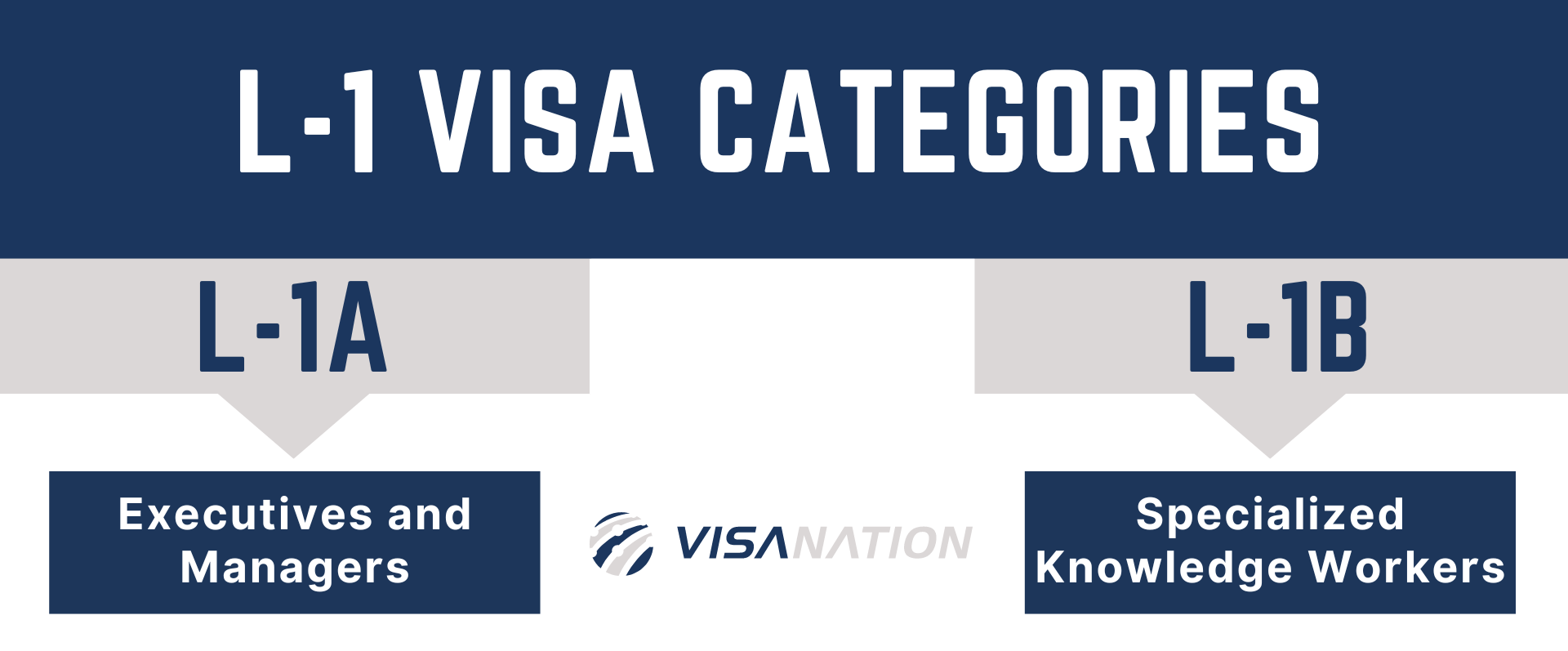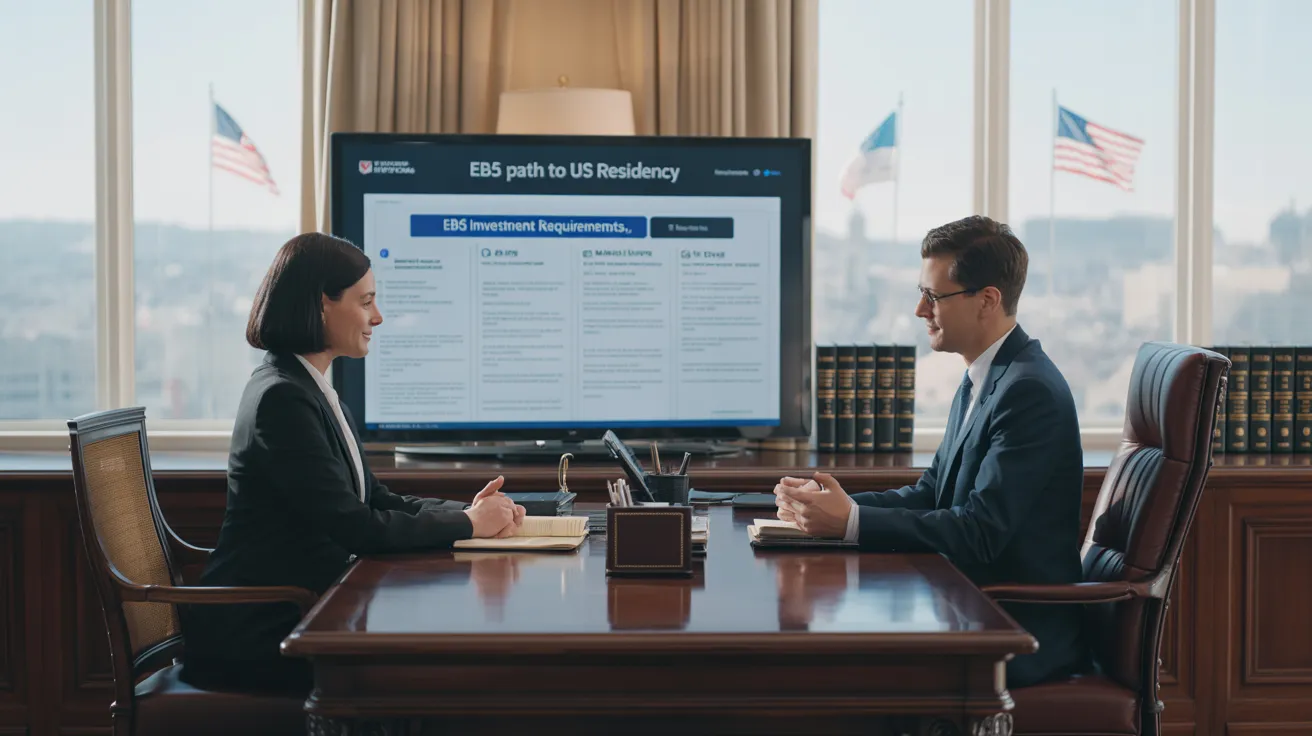3 Easy Facts About L1 Visa Described
Table of ContentsEverything about L1 VisaThe Single Strategy To Use For L1 VisaThe 15-Second Trick For L1 VisaThe Facts About L1 Visa RevealedEverything about L1 VisaUnknown Facts About L1 Visa
Available from ProQuest Dissertations & Theses International; Social Science Costs Collection. DHS Office of the Assessor General. Gotten 2023-03-26.
U.S. Division of State. Fetched 22 August 2016. "Workers paid $1.21 an hour to set up Fremont tech company's computers". The Mercury News. 2014-10-22. Obtained 2023-02-08. Costa, Daniel (November 11, 2014). "Little-known short-lived visas for foreign tech employees dispirit incomes". The Hillside. Tamen, Joan Fleischer (August 10, 2013). "Visa Holders Replace Employees".
The 2-Minute Rule for L1 Visa
In order to be eligible for the L-1 visa, the foreign firm abroad where the Recipient was employed and the U.S. company need to have a certifying relationship at the time of the transfer. The different types of certifying partnerships are: 1. Parent-Subsidiary: The Moms and dad implies a company, company, or various other legal entity which has subsidiaries that it has and manages."Subsidiary" indicates a company, company, or various other legal entity of which a moms and dad owns, straight or indirectly, more than 50% of the entity, OR possesses less than 50% but has monitoring control of the entity.
Business An owns 100% of the shares of Firm B.Company A is the Moms And Dad and Company B is a subsidiary. There is a certifying relationship in between the 2 companies and Business B should be able to fund the Beneficiary.
Business An owns 40% of Company B. The staying 60% is possessed and managed by Firm C, which has no relation to Company A.Since Business A and B do not have a parent-subsidiary partnership, Business A can not fund the Recipient for L-1.
Business A possesses 40% of Company B. The remaining 60% is owned by Firm C, which has no relation to Business A. Nevertheless, Firm A, by official agreement, controls and full handles Company B.Since Business A possesses less than 50% of Firm B but takes care of and regulates the company, there is a qualifying parent-subsidiary partnership and Firm A can fund the Beneficiary for L-1.
Not known Factual Statements About L1 Visa
Associate: An affiliate is 1 of 2 subsidiaries thar are both had and controlled by the same parent or individual, or possessed and controlled by the very same team of people, in basically the same ratios. a. Instance 1: Firm A is incorporated in Ghana and employs the Beneficiary. Company B is incorporated in the U.S.
Company C, additionally included in Ghana, has 100% of Firm A and 100% of Company B.Therefore, Firm A and Firm B are "affiliates" or sister companies and a qualifying relationship exists in between both business. Business B should be able to sponsor the Recipient. b. Example 2: Company A is integrated in the U.S.
Firm A is 60% owned by Mrs. Smith, 20% possessed by Mr. Doe, and get started 20% possessed by Ms. Brown. Business B is integrated in Colombia and currently employs the Beneficiary. Company B is 65% possessed by Mrs. Smith, 15% had by Mr. Doe, and 20% had by Ms. Brown. Firm A and Business B are associates and have a qualifying connection in 2 different ways: Mrs.
The L-1 visa is an employment-based visa group developed by Congress in 1970, allowing multinational companies to L1 Visa process move their supervisors, executives, or key personnel to their U.S. operations. It is generally referred to as the intracompany transferee visa.

Furthermore, the beneficiary has to have functioned in a supervisory, exec, or specialized staff member position for one year within the 3 years preceding the L-1A application in the international business. For new workplace applications, international employment must have remained in a managerial or executive ability if the recipient is involving the United States to work as a supervisor or executive.
L1 Visa - Truths

If granted for an U.S. firm functional for more than one year, the preliminary L-1B visa is for as much as 3 years and can be expanded for an added 2 years (L1 Visa). Conversely, if the U.S. business is freshly established or has been operational for much less than one year, the preliminary L-1B visa read more is provided for one year, with expansions available in two-year increments
The L-1 visa is an employment-based visa group established by Congress in 1970, enabling multinational business to move their supervisors, execs, or essential employees to their U.S. procedures. It is typically described as the intracompany transferee visa. There are 2 primary sorts of L-1 visas: L-1A and L-1B. These types appropriate for workers hired in various placements within a business.
5 Easy Facts About L1 Visa Shown
Furthermore, the recipient must have functioned in a supervisory, executive, or specialized employee position for one year within the three years preceding the L-1A application in the international company. For brand-new office applications, international employment should have been in a supervisory or executive capability if the recipient is coming to the United States to function as a supervisor or exec.
for approximately 7 years to oversee the operations of the united state associate as an executive or supervisor. If provided for an U.S. business that has actually been operational for more than one year, the L-1A visa is originally granted for up to three years and can be expanded in two-year increments.
If provided for a united state company functional for more than one year, the first L-1B visa is for approximately three years and can be extended for an added two years. Conversely, if the U.S. company is freshly developed or has actually been functional for less than one year, the first L-1B visa is released for one year, with extensions offered in two-year increments.